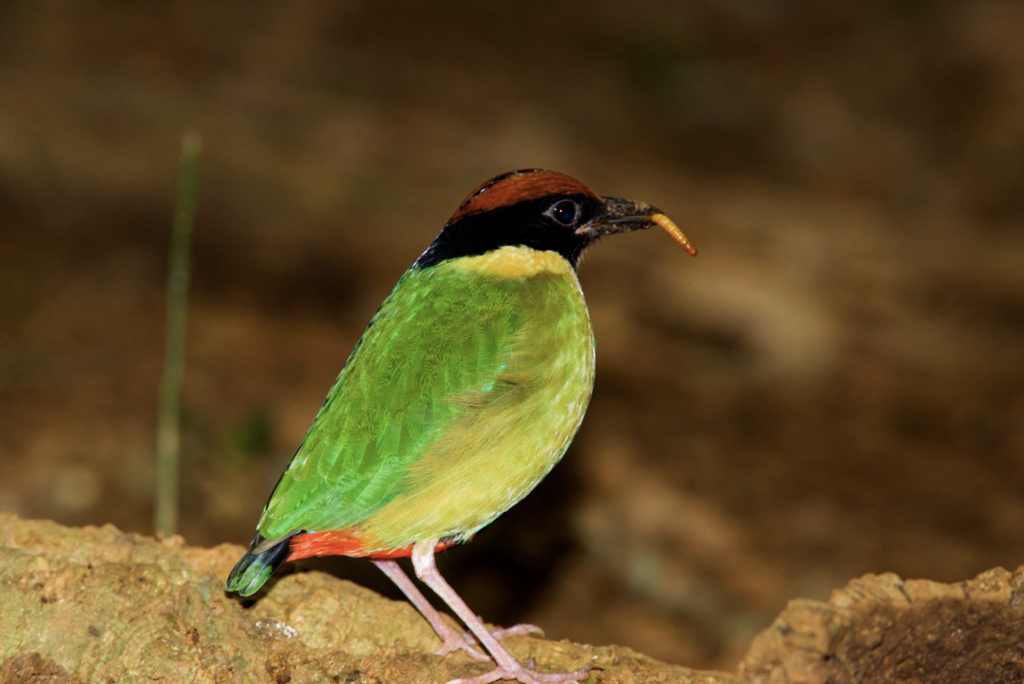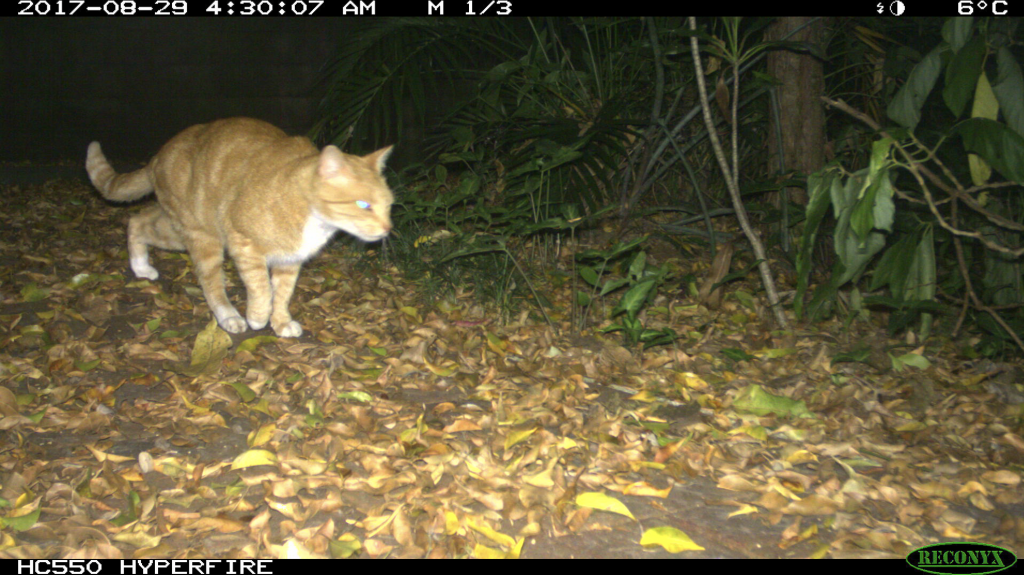One of the aims of the MCCG is to restore the catchment to pre-colonisation as much as possible.
This aim is to support the return of the flora and fauna to something like what it was before our forebears cleared the land to supply food and timber to the emerging Brisbane settlement.
To achieve this the MCCG has strongly encouraged the planting of plants native to the local area and the removal of exotic weed species.
Unfortunately, much of the catchment has been developed as pasture for horses with extensive planting of trees. The habitat this produces only encourages aggressive species such as Magpies, Butcherbirds and Mickeys.
When you consider what was here before was a huge variety of different habitats including large areas of vine forest and dry rainforest, the task of supporting the fauna that was here before settlement is never going to be achieved.
The recent seasons have been interesting in that despite excellent growing conditions the range of bird species present has been severely reduced and is only just starting to recover after several good years. It is quite apparent that we are not breeding enough birds in the catchment and are dependent on birds coming in from areas outside the catchment to replace those lost in the previous drought.
That we can support a wide range of species (over 170 species on my property) has been that they are largely supported by exotics, including several weed species such as Lantana, Chinese Elm, Camphor Laurel and Brazilian Cherry. These “weeds” are highly prolific when compare with natives. For instance, Lantana not only produces flowers and berries most of the year, the fruit dries out and hangs on the bushes through winter like dried out sultanas, which support a range of fruit eaters when nothing else is available. At the same time Lantana provides an impenetrable habitat for a range of animals such as Pademelons, Bettongs, Echidnas and nesting sites for finches and fairy wrens.
While I am not suggesting we plant Lantana, we need to look at the plusses of exotic weeds and balance this information against the negatives. Clearing Lantana without considering what it is supporting is poor conservation.
What we can do is replace the weeds with productive species. The hybrid varieties of Grevilleas and Callistemons (now Melaleucas) flower far more frequently than the native species and support a range of birds.
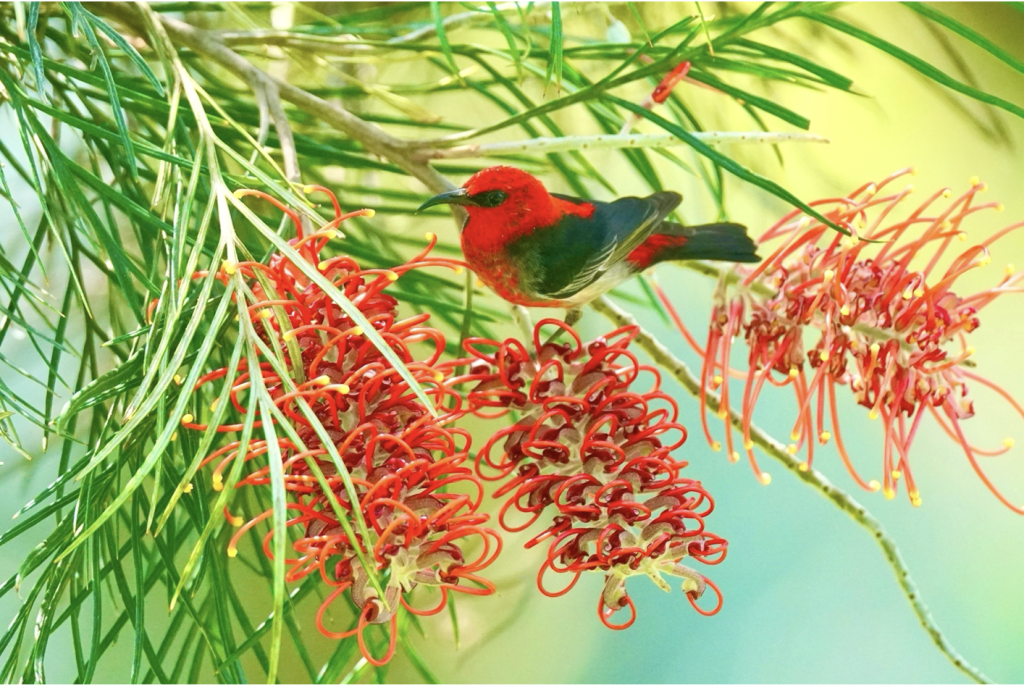 A Scarlet Honeyeater taking nectar from a highly productive hybrid Grevillea. Photo:Ed Frazer
A Scarlet Honeyeater taking nectar from a highly productive hybrid Grevillea. Photo:Ed Frazer
Some “weeds” determined by the BCC are not excessively weedy in the catchment and should not be removed. For instance, the Brazilian Cherry grows more like a shrub in our soils and doesn’t spread widely like it does in Florida. It produces a huge load of berries in the heart of winter, supporting Mistletoes birds and many other species when nothing else is available. Its shrubby nature also provides excellent habitat. The Camphor Laurel is a beautiful tree and it can be easily contained so it doesn’t spread. It is hugely productive and research has shown it attracts and supports many native birds that bring in seeds of native species that are beneficial to support fruit eaters. Removing mature Camphor Laurels often results in a huge germination of seedlings that become a greater problem to control.
When developing a property in the Catchment give some thought to what is existing in the area before removing the exotics that may be supporting the wildlife. Select high producing natives, such as hybrid Callistemon and Grevilleas and consider exotics such as Guavas and Citrus. Plant new habitat before clearing weeds such as Lantana. If you clear the Lantana habitat first the wildlife its supporting will go away and probably never return. Consider species that support insects and provide fruit. Add a water feature with heavy planting to give safe access and you will go a long way to helping the Catchment supporting the wildlife that was here before settlement.
Ed Frazer

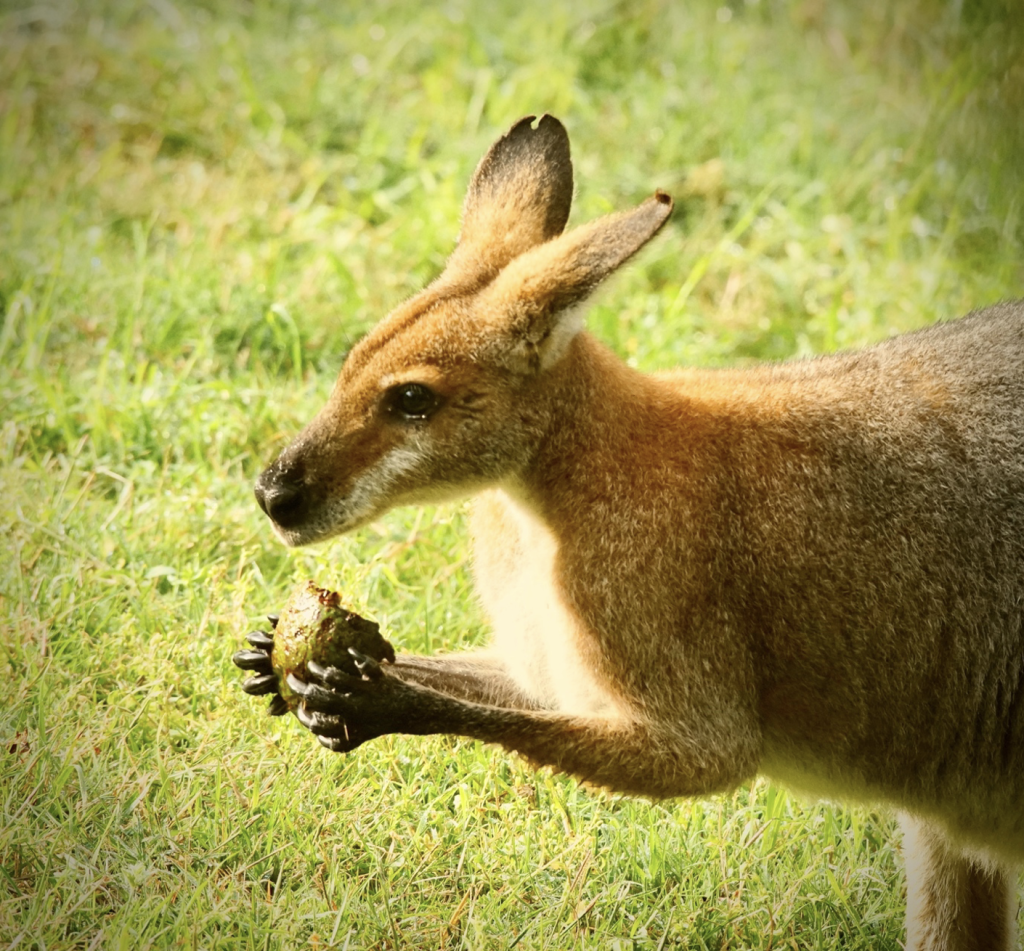 Male Red-necked Wallaby eating unripe Avocado
Male Red-necked Wallaby eating unripe Avocado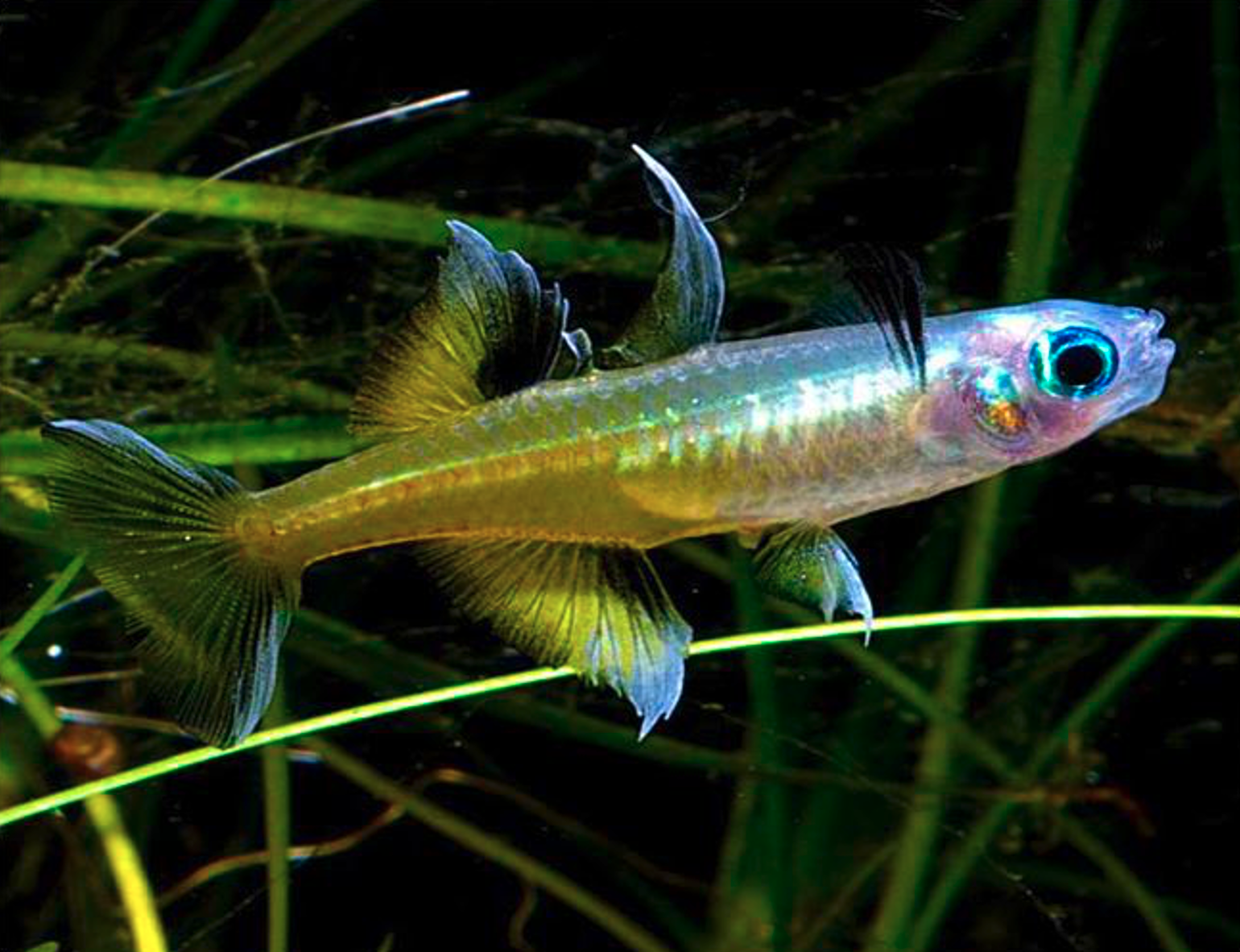
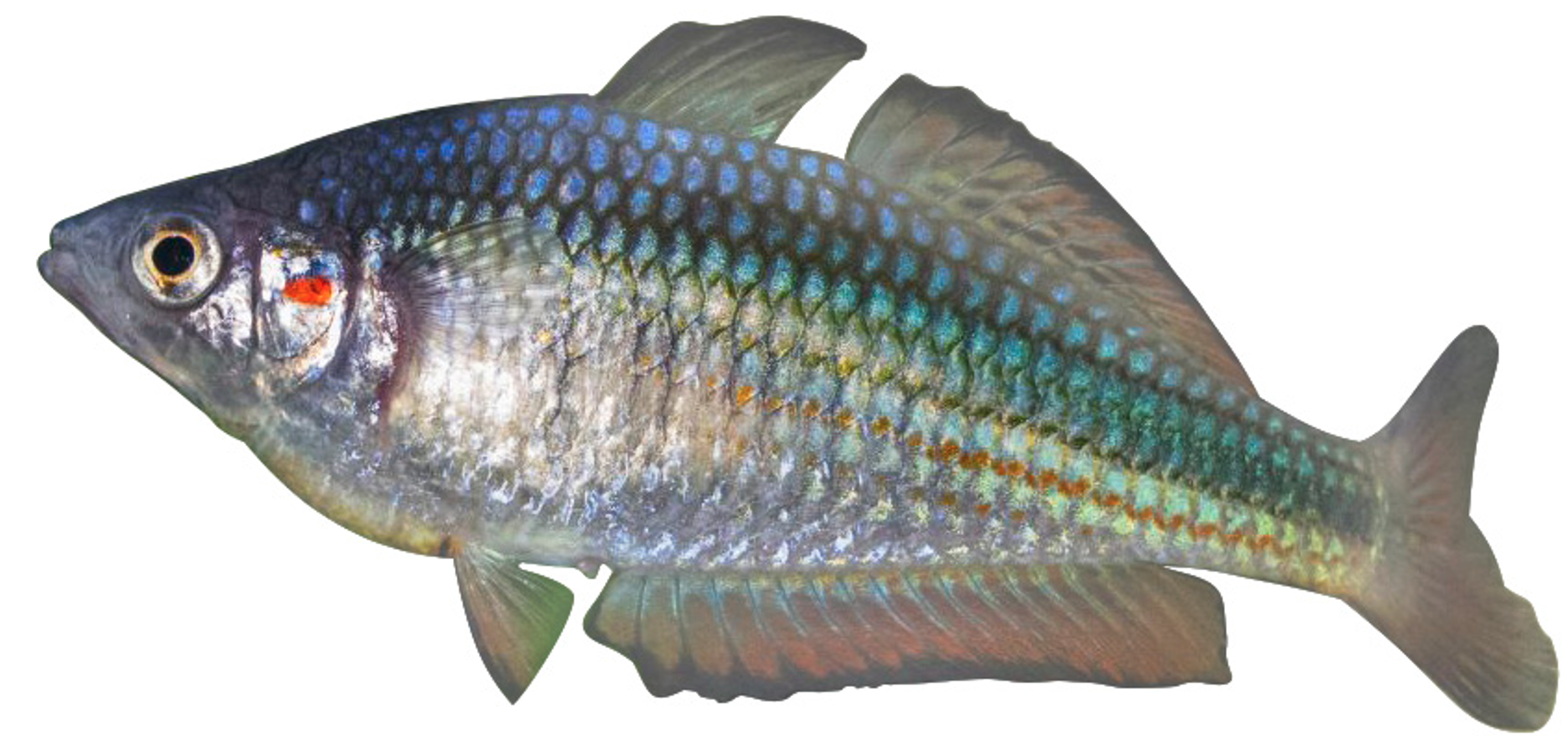
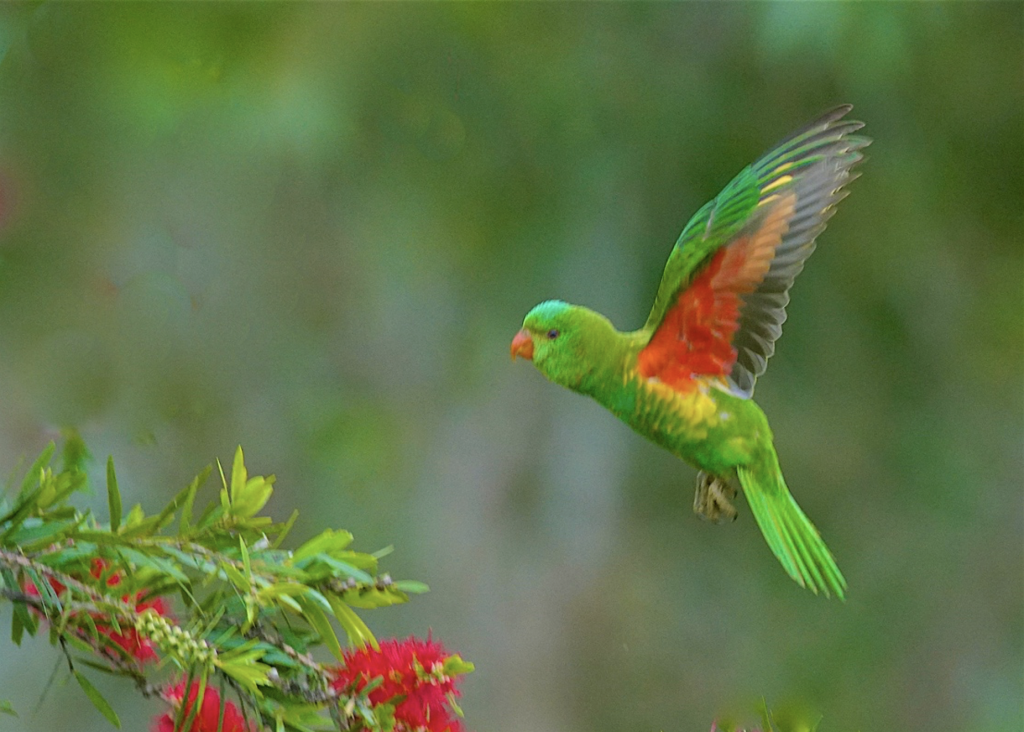
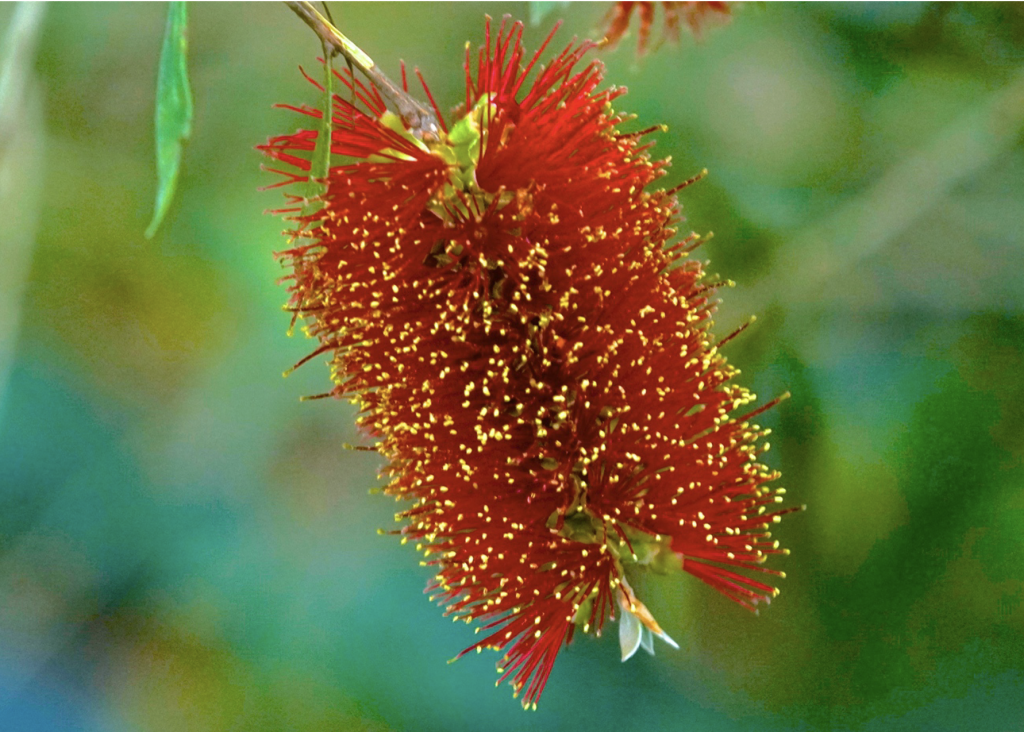
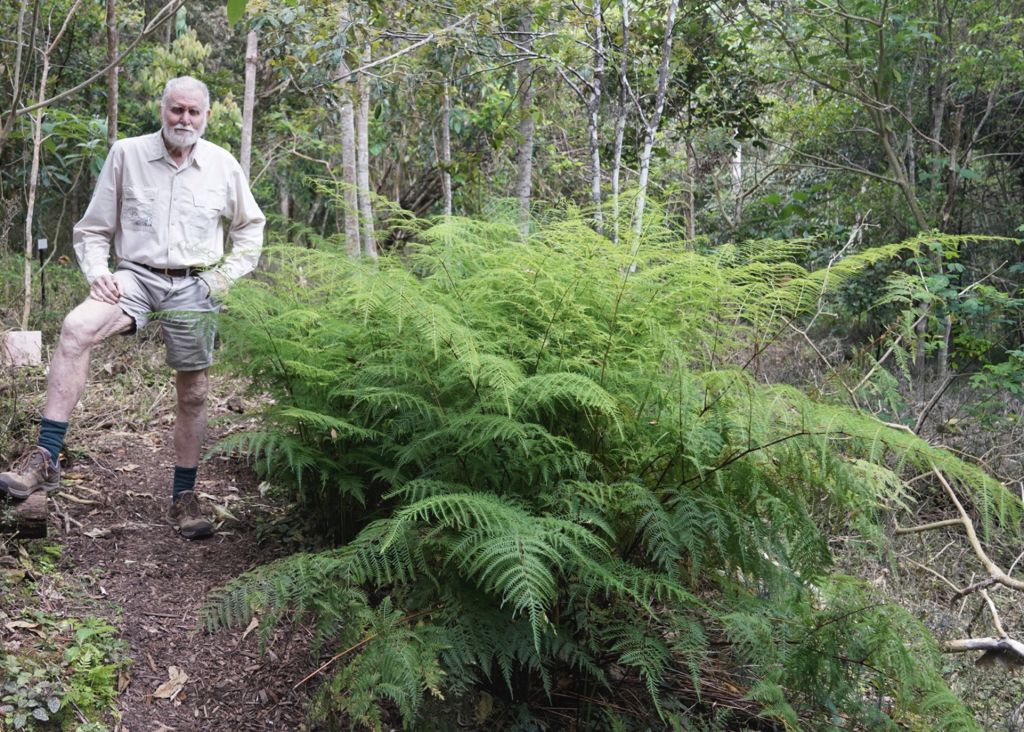
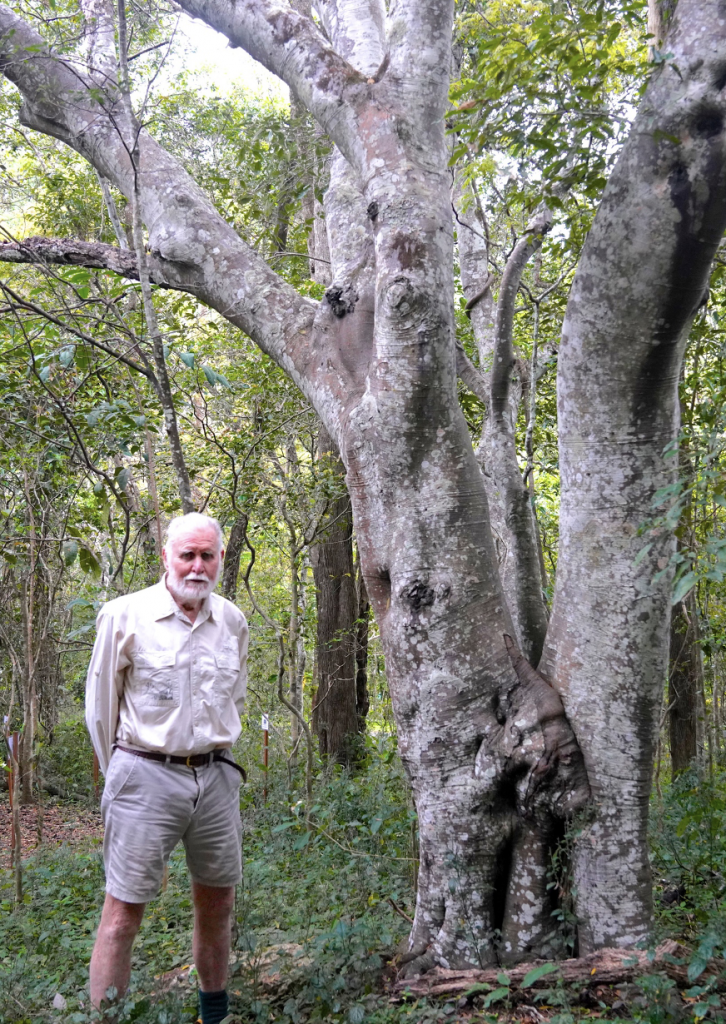
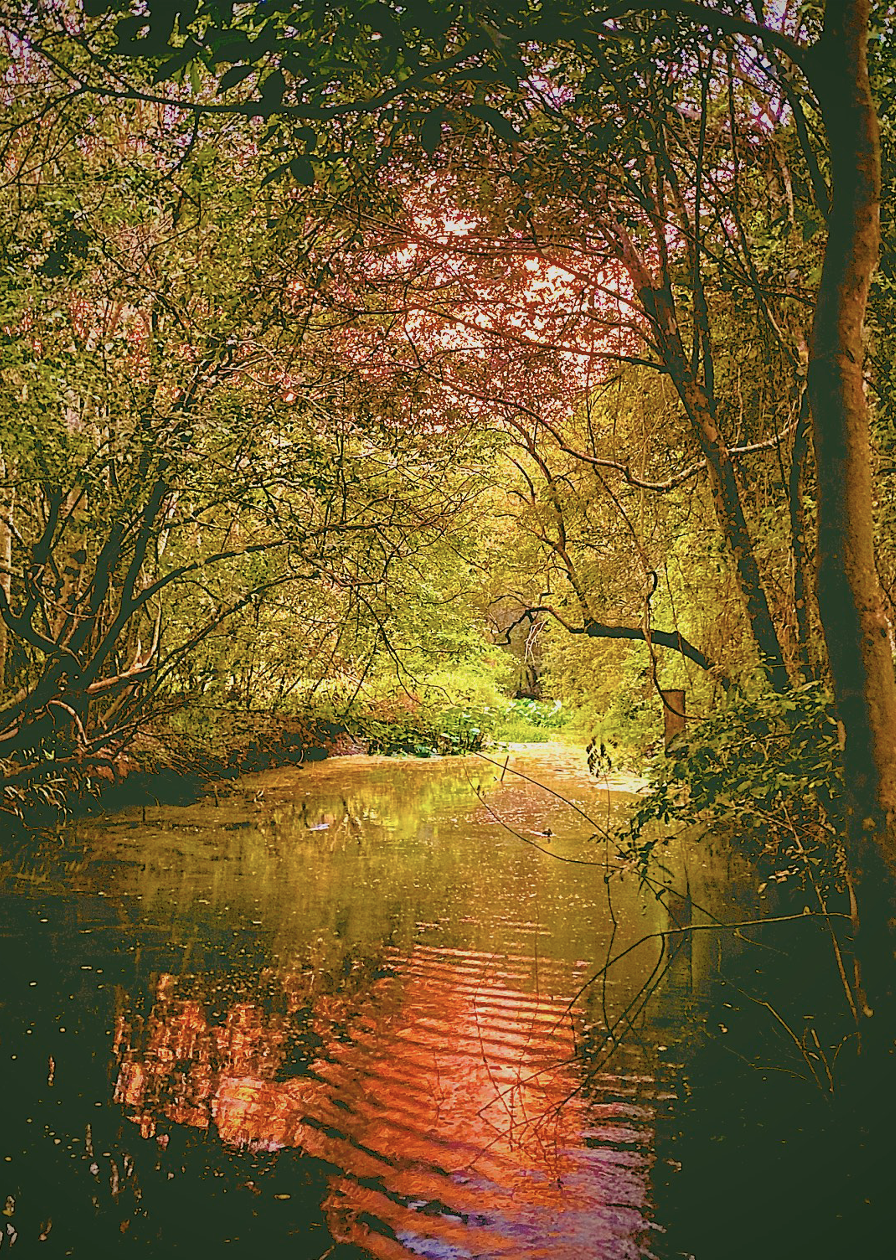
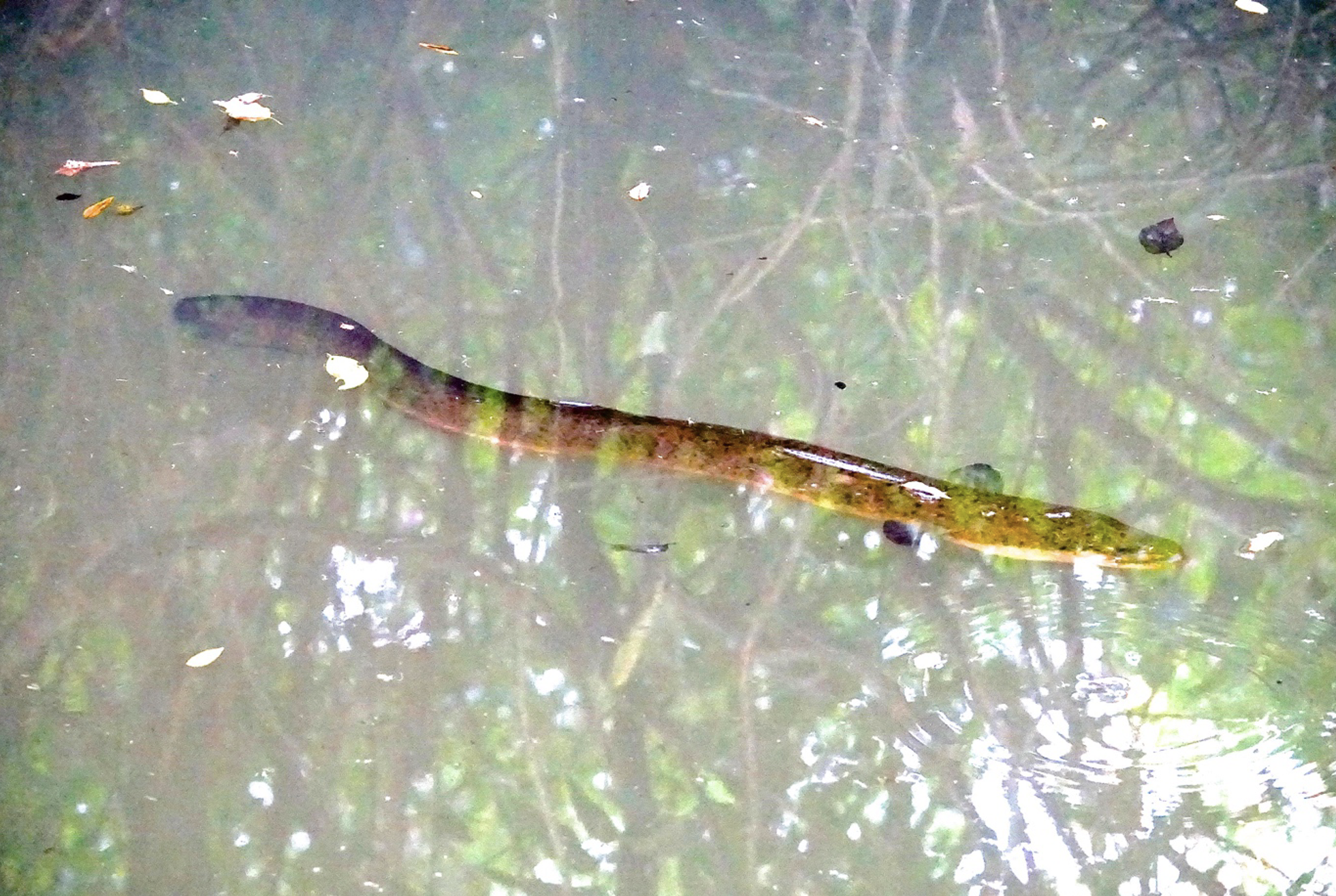
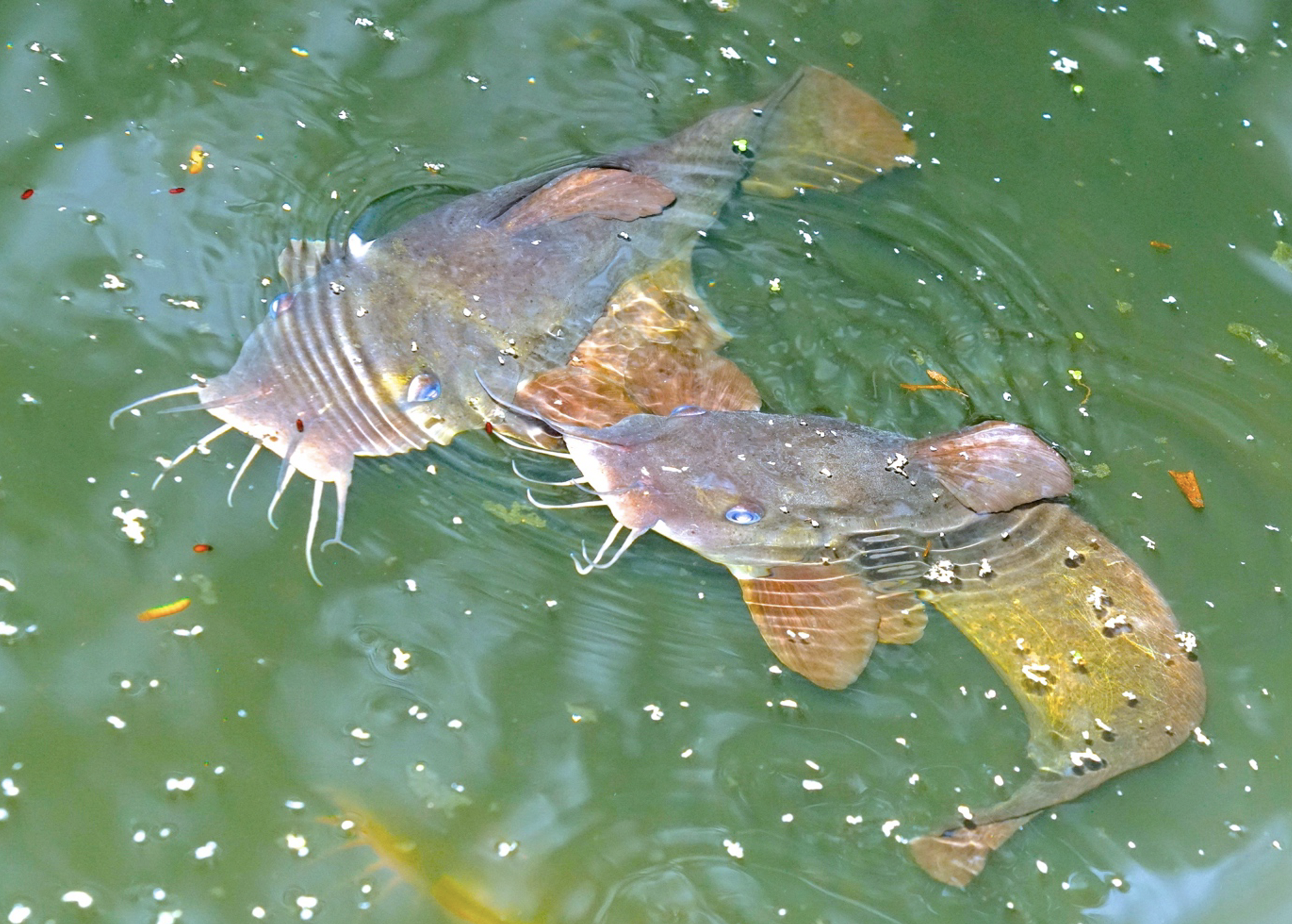
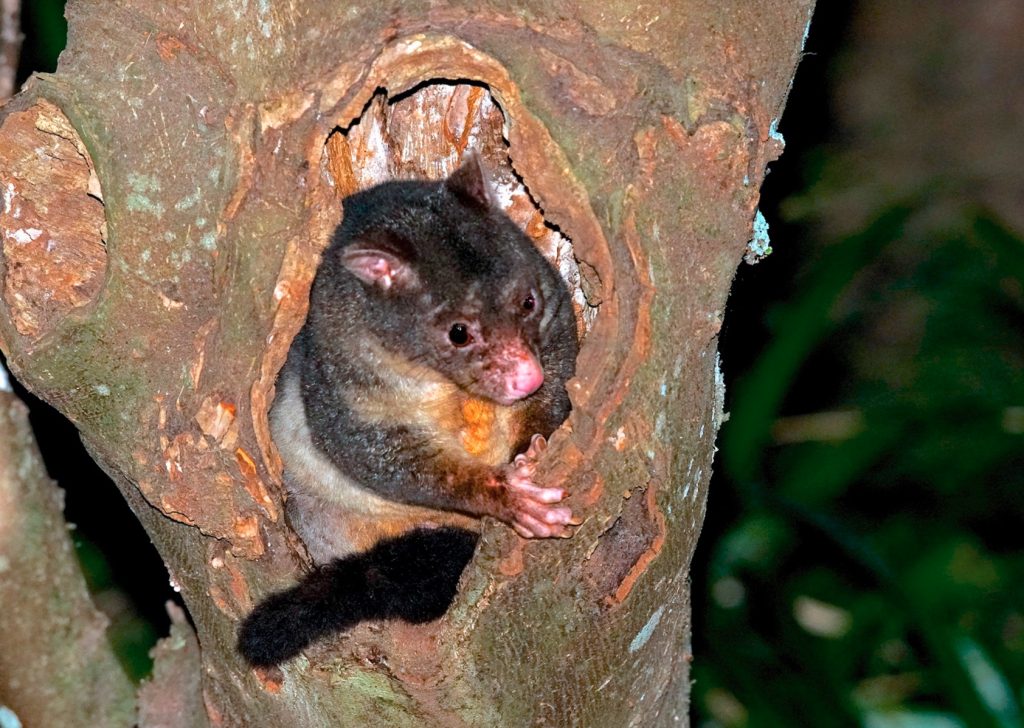
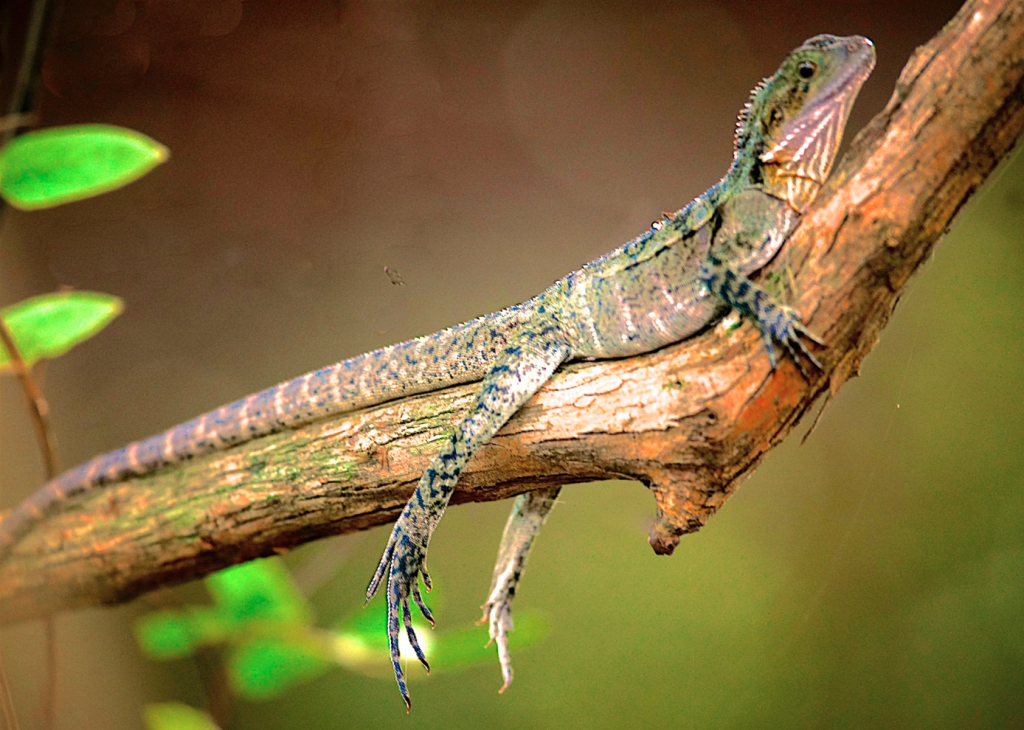
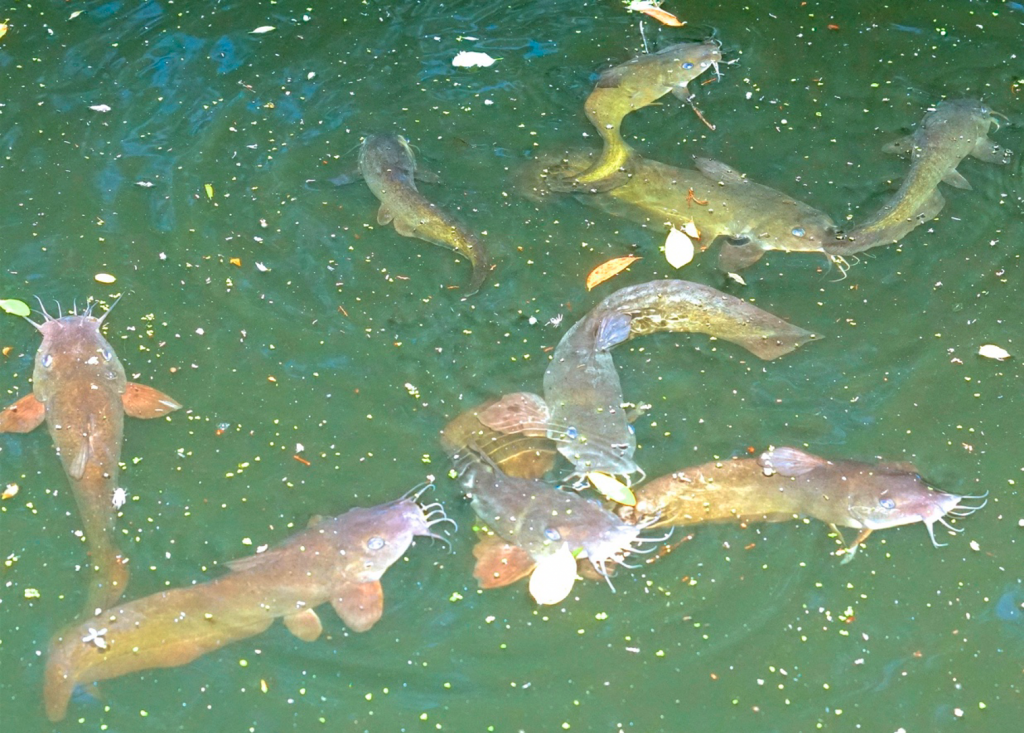
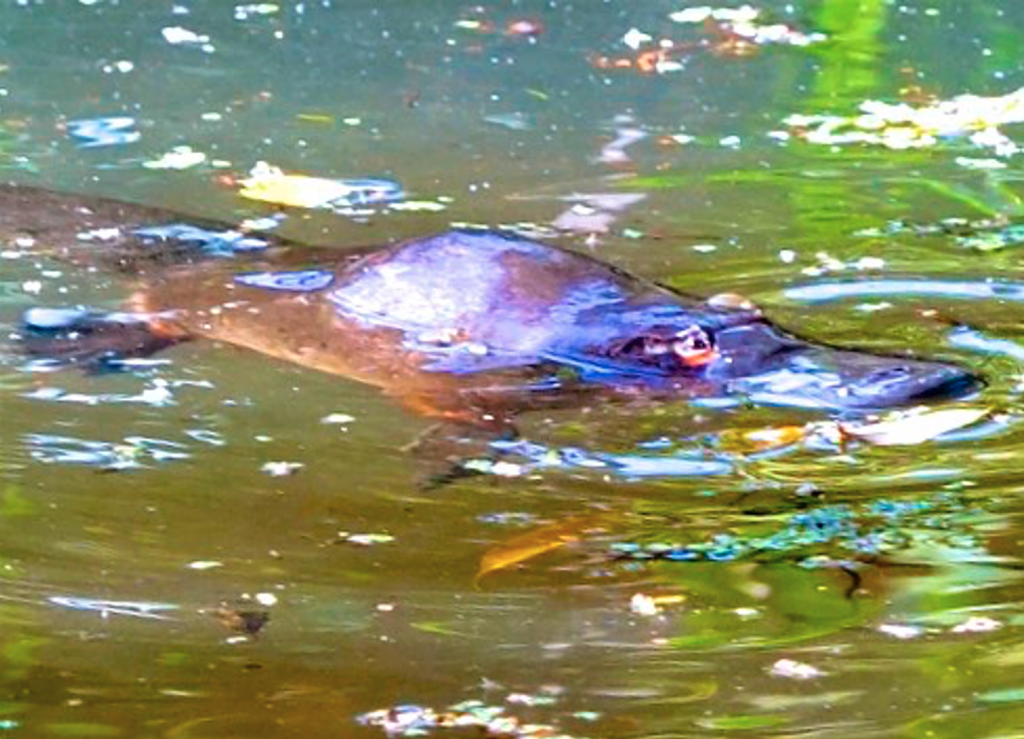
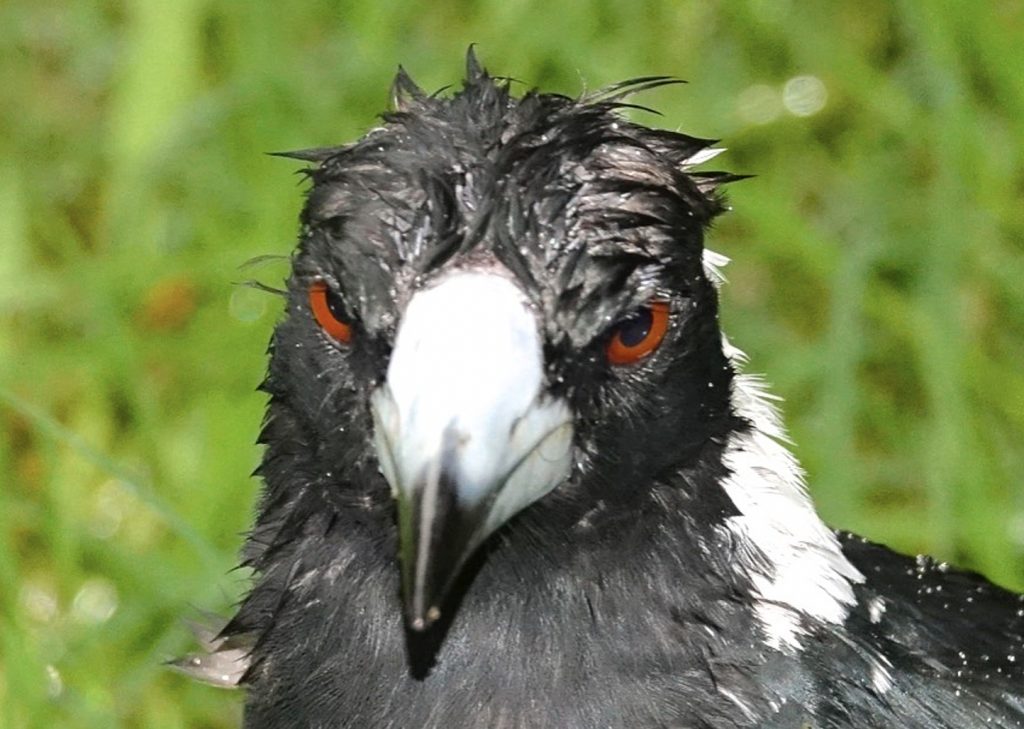
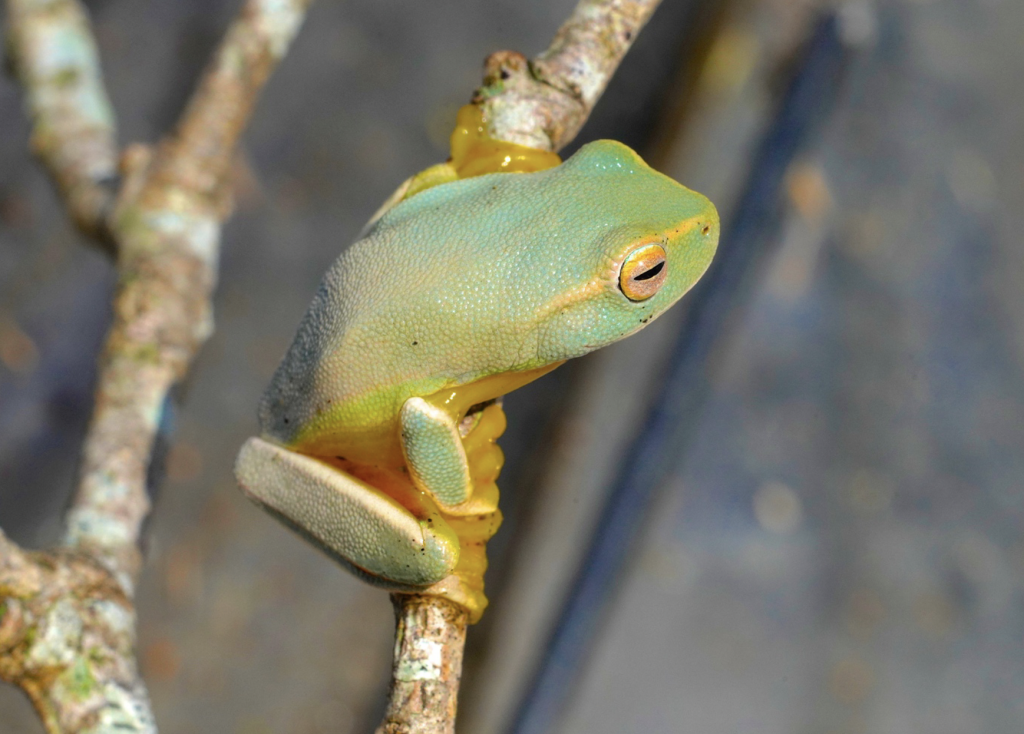
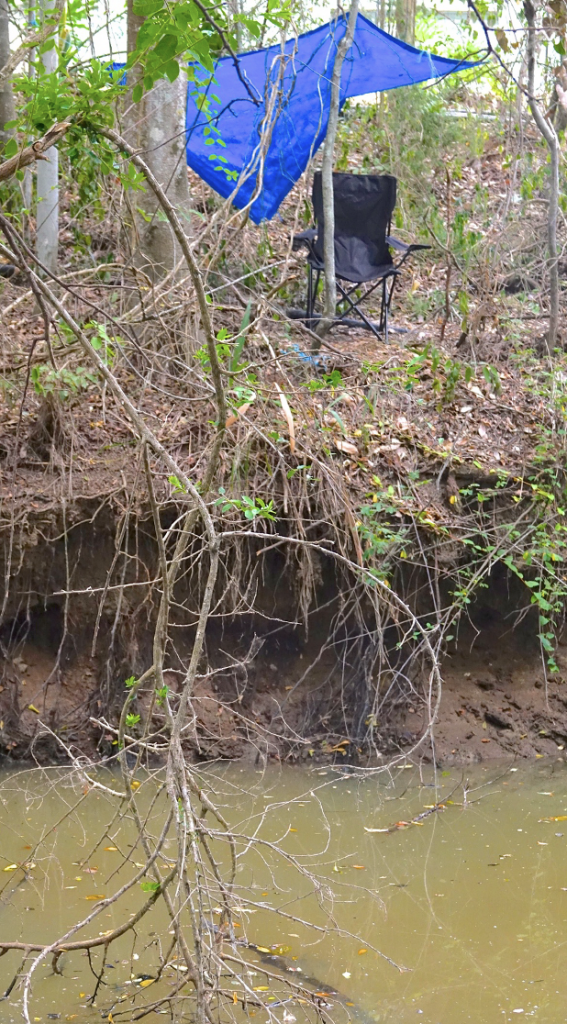
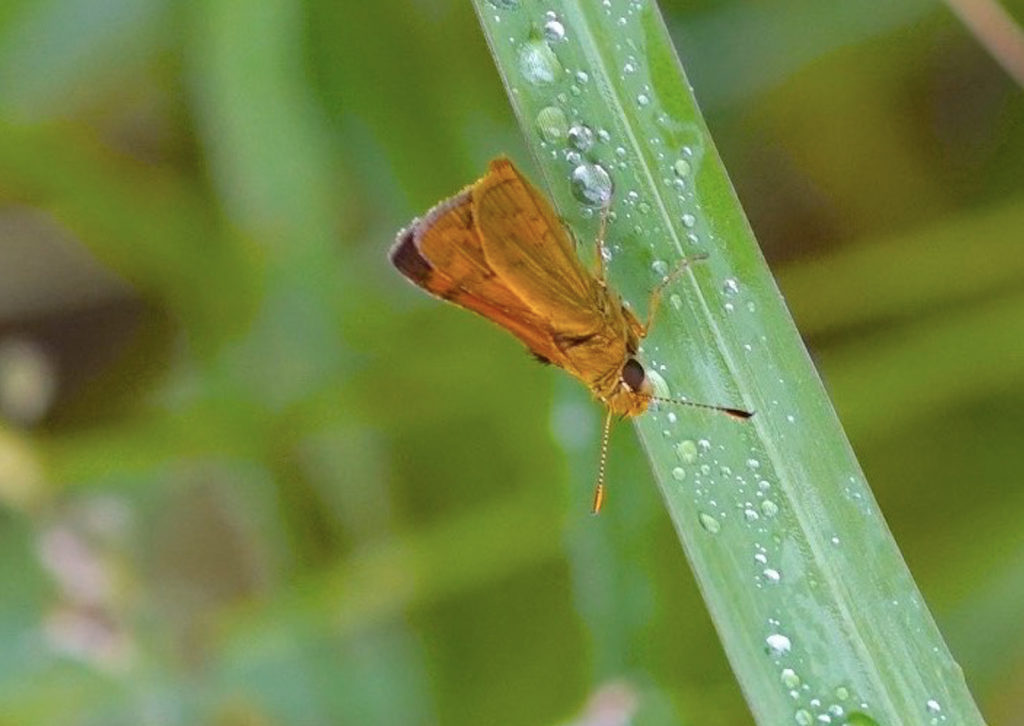
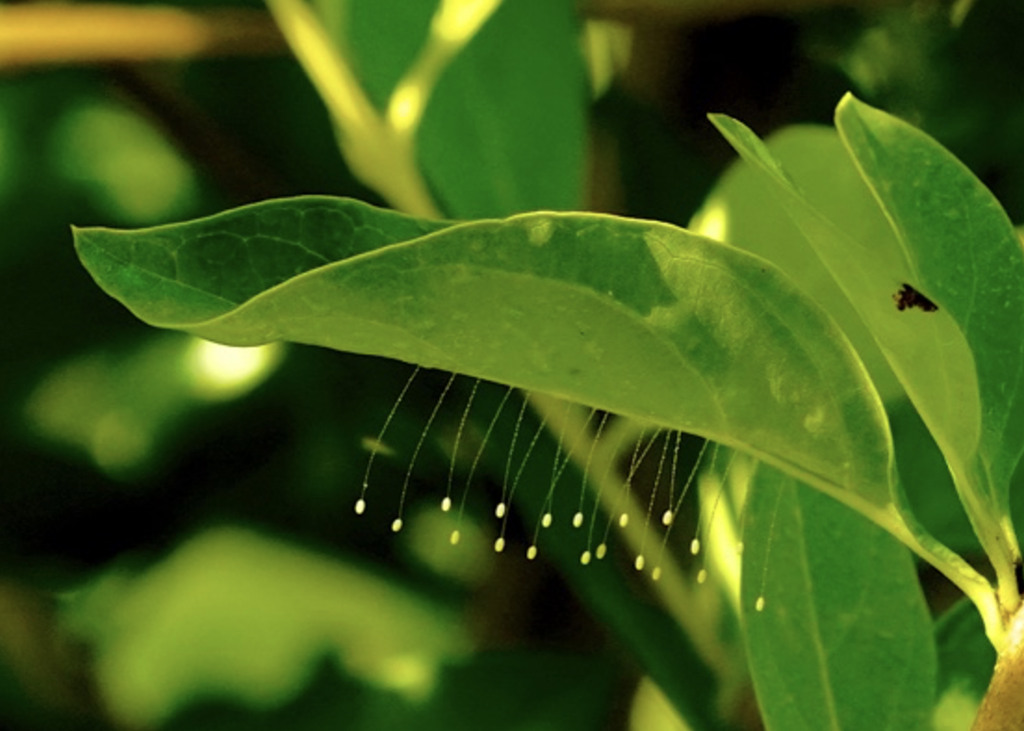
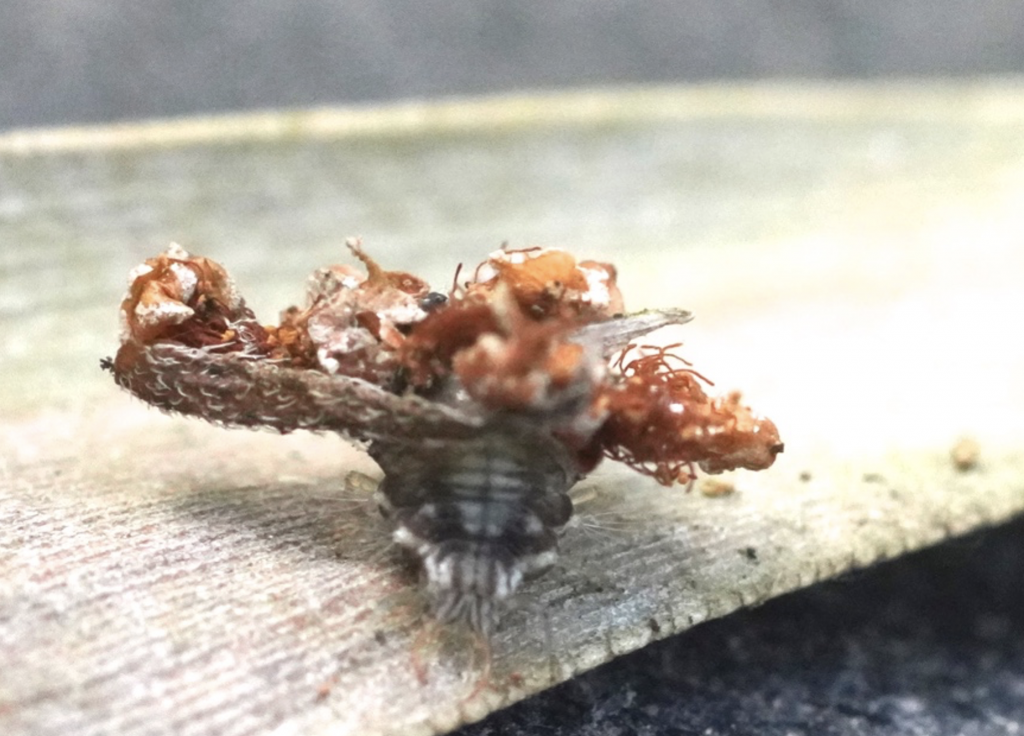
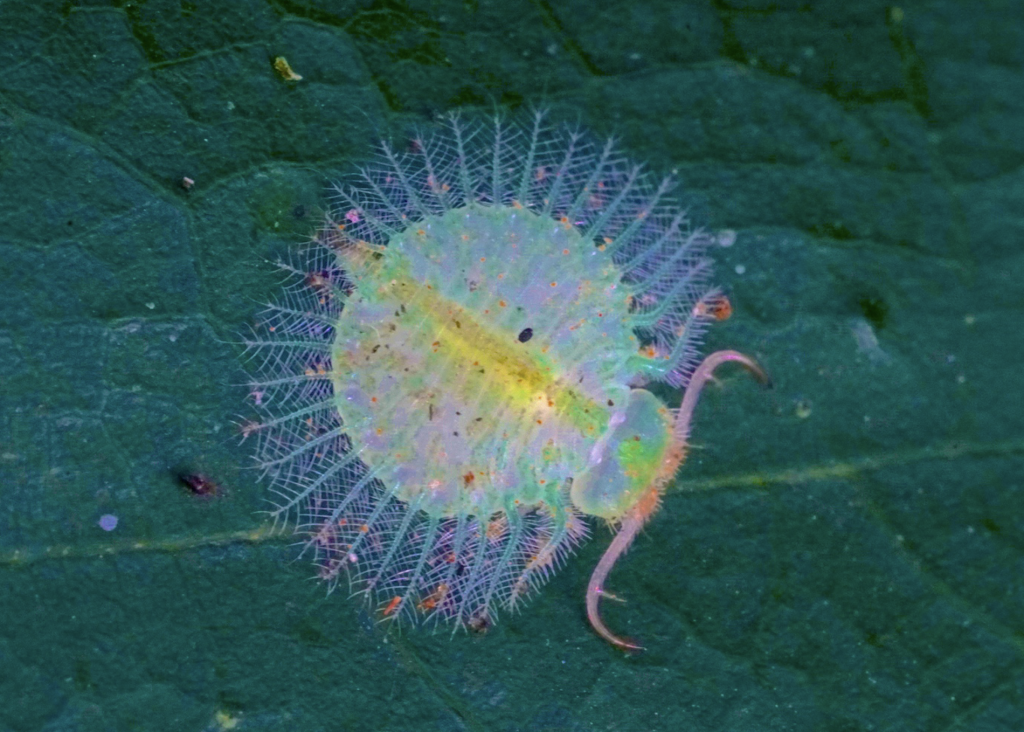
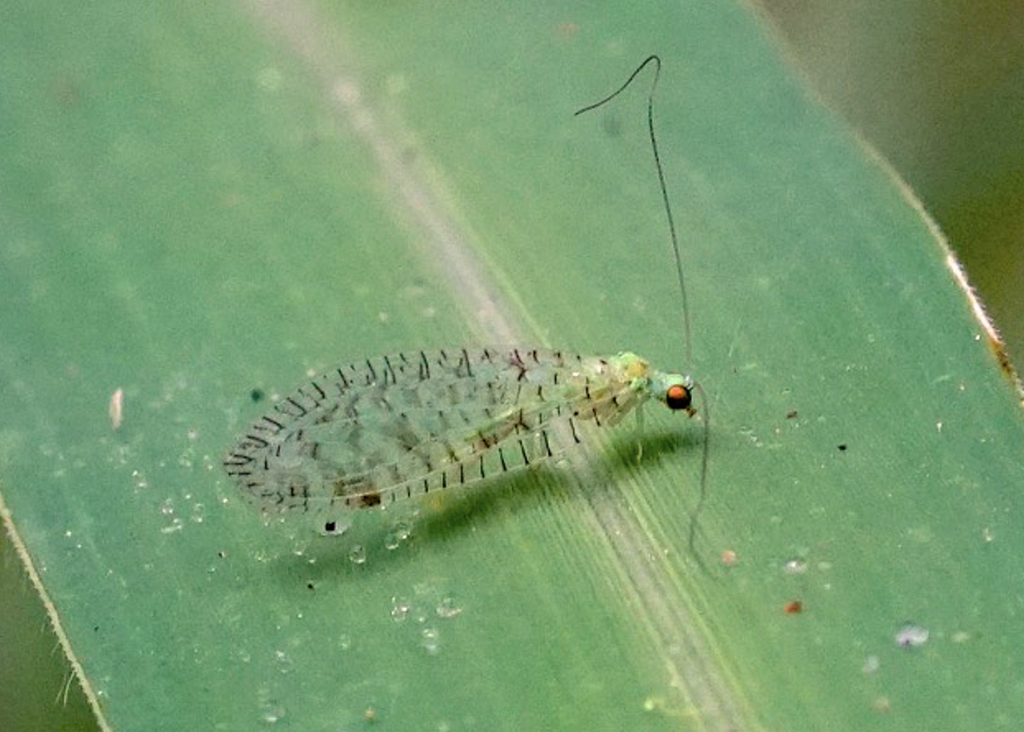 Small lacewing about 1cm feeding on minute insects on a leaf of grass Photo: Ed Frazer
Small lacewing about 1cm feeding on minute insects on a leaf of grass Photo: Ed Frazer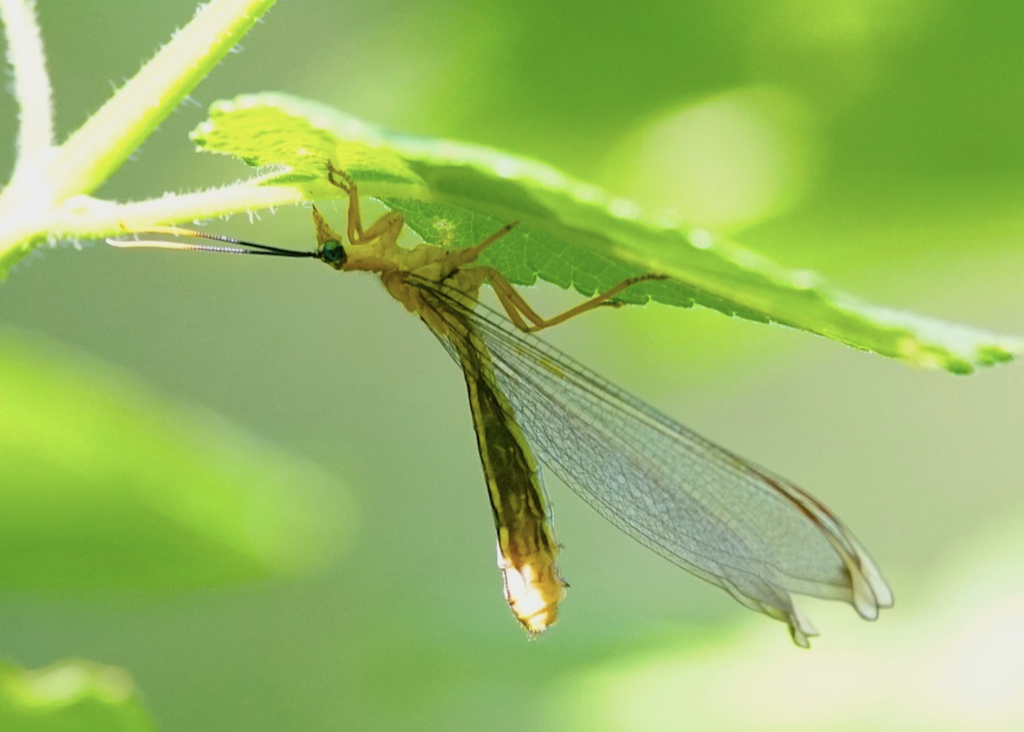 Split-footed lacewing the size and appearance of a dragonfly Photo: Ed Frazer
Split-footed lacewing the size and appearance of a dragonfly Photo: Ed Frazer